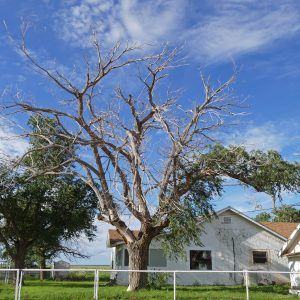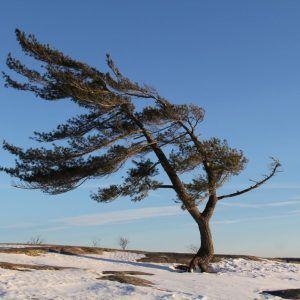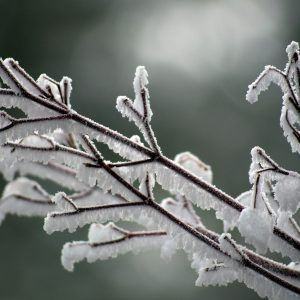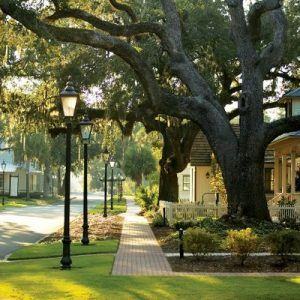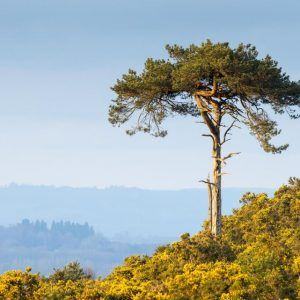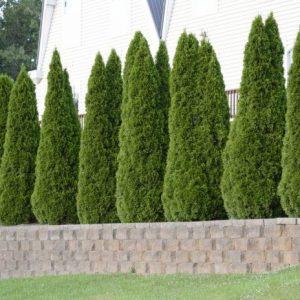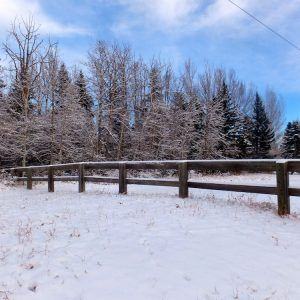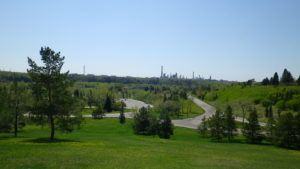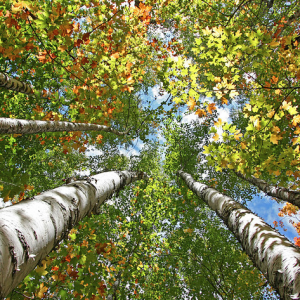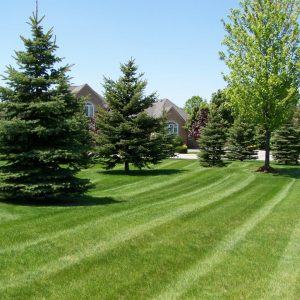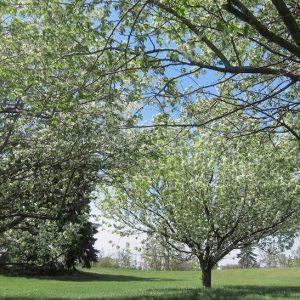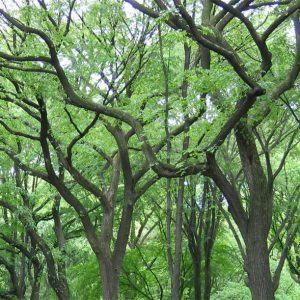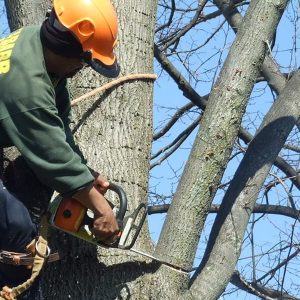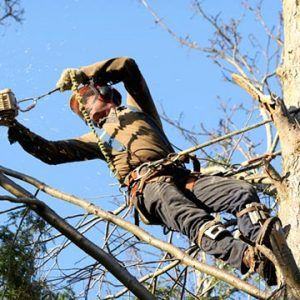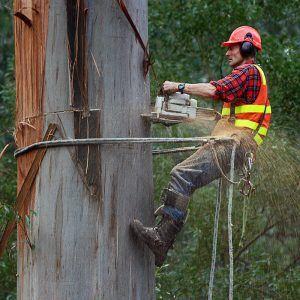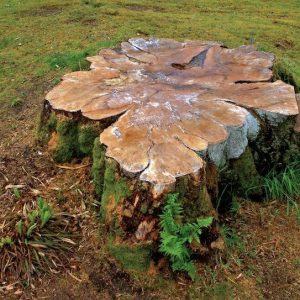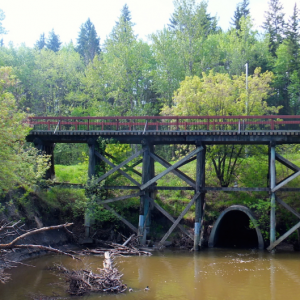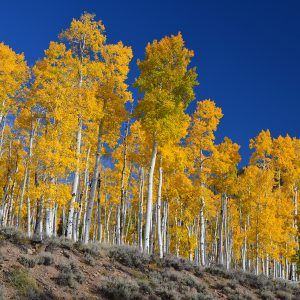In parts one and two of our look at Edmonton’s urban forest, we looked at its benefits to business and wildlife. But at Chipps Tree care, we always want to know more, and we asked ourselves, “Are there any social benefits that our city’s rich canopy provides?” No one would deny that it’s more enjoyable to stroll down a leafy avenue than a wind-blasted thoroughfare without any greenery, but walks around the neighbourhood are only the beginning of the psychological impact trees have on city-dwellers. As it turns out, trees are actually responsible for making cities safer and lowering crime rates.
Separate studies conducted in Baltimore and Chicago found that there’s a strong correlation between higher numbers of trees in a neighbourhood and lower crime rates. The Baltimore study looked into neighbourhoods with similar median incomes, density, and type of housing but different levels of canopy coverage. A ten percent increase in vegetation in a neighbourhood was associated with a twelve percent reduction in violent and property crime.
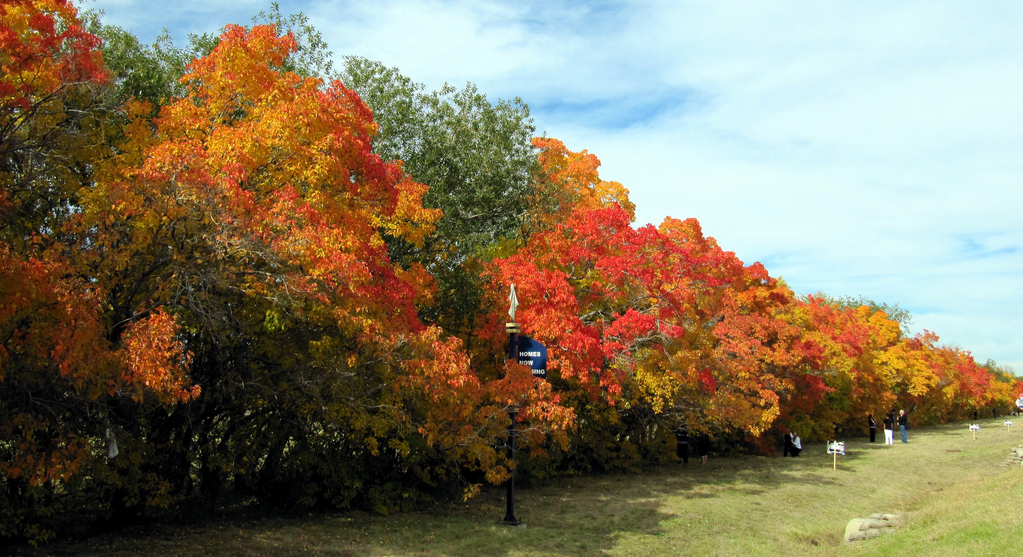
Researchers invested in “environmental criminology” suggest a few factors behind this correlation. The first is emotional; trees actually relax people and provide some emotional comfort and stability, lowering aggression. The second factor is the role trees play in creating appealing social spaces where neighbours meet and linger, meaning there are more “eyes on the street.” Neighbourhood engagement in outdoor space reduces crime by creating neighbours who know and care about each other. It means that people are paying attention to what’s going on outside their homes. Even more surprising is the discovery that investing in greenery on the street not only reduced violence and vandalism statistic for those neighbourhoods, but resulted in a net decrease overall. In other words, trees actually caused crime to disappear.
The Chicago study focused on public housing and came to very similar results. Public housing buildings that had a lot of trees and natural landscaping experienced less than half the number of incidents of vandalism that barren buildings did. In addition to the emotional value of trees, the researchers suggested that visible signs of care for a property discouraged criminals, as they were more likely to attract attention. That study, conducted in 2001, began to shift perceptions in urban planning, which had previously privileged clear sight lines. People were under the impression that plants provided hiding places for muggers, but well-manicured natural elements in fact have quite the opposite effect.
Here in Edmonton, despite recent headlines, people generally report feeling safe, and that sense of security may have something to do with the hundreds of thousands of trees planted around the city. The arborists at Chipps Tree Care are passionate about two things: tree care and the great city we live in. Part of keeping Edmonton safe is keeping Edmonton green. That’s why we recommend deep root fertilizing to homeowners concerned about the health of their elms, pines, and spruces. Deep fertilizing provides much-needed nutrients straight to the roots, out of reach of turf grass that often monopolizes the soil. Edmonton is a great place to live; do your part to keep it that way and talk to our dedicated arborists about care and maintenance.



